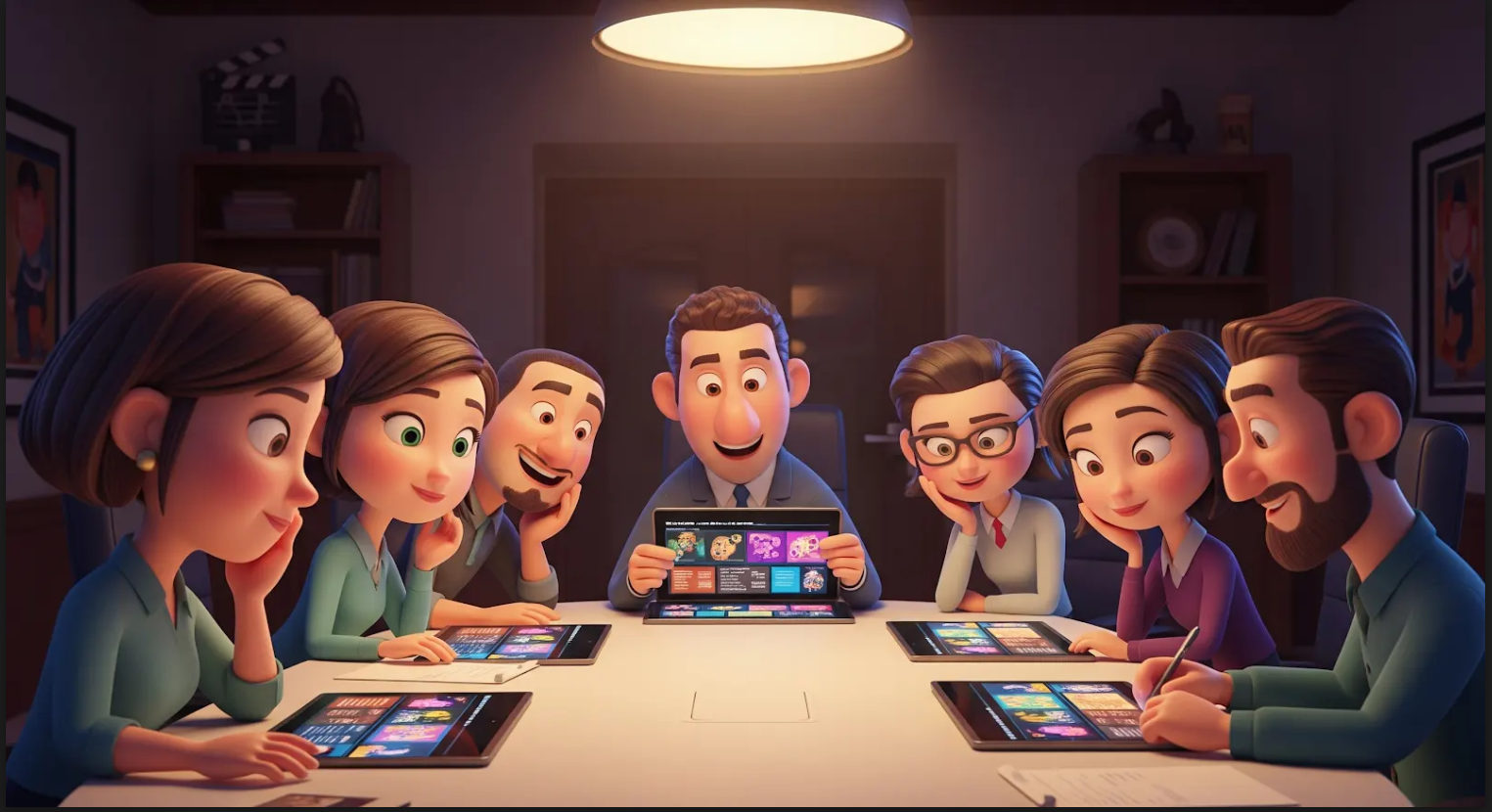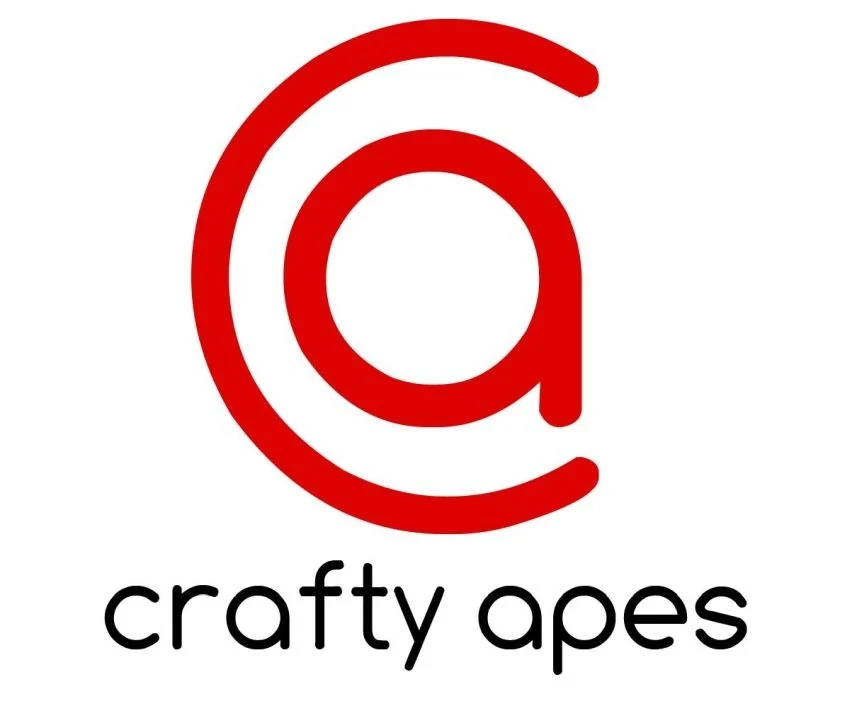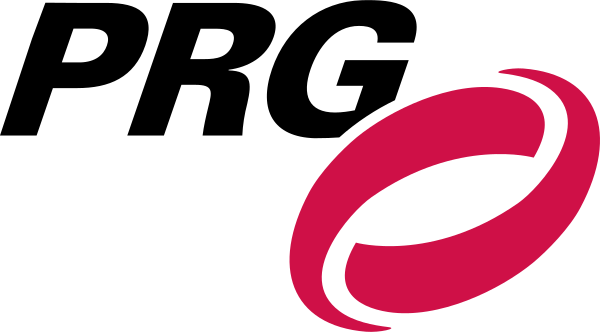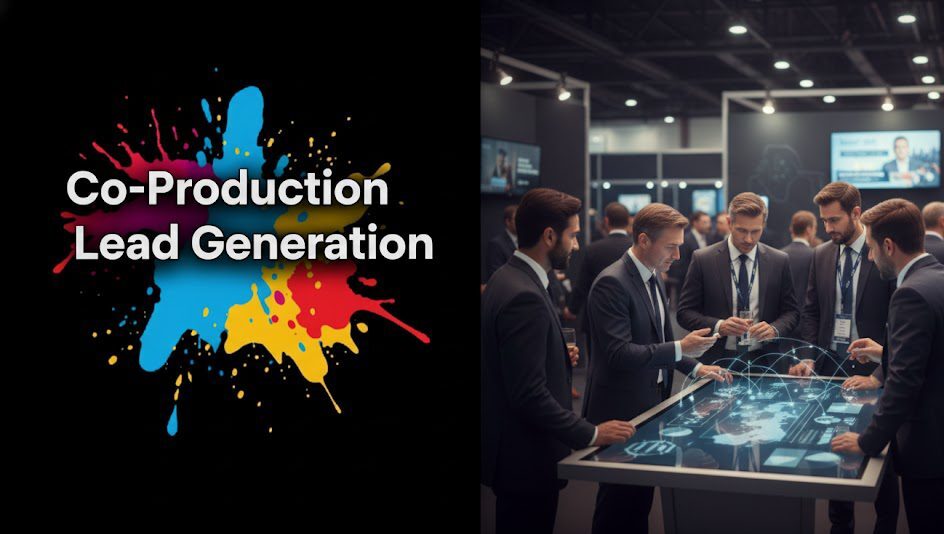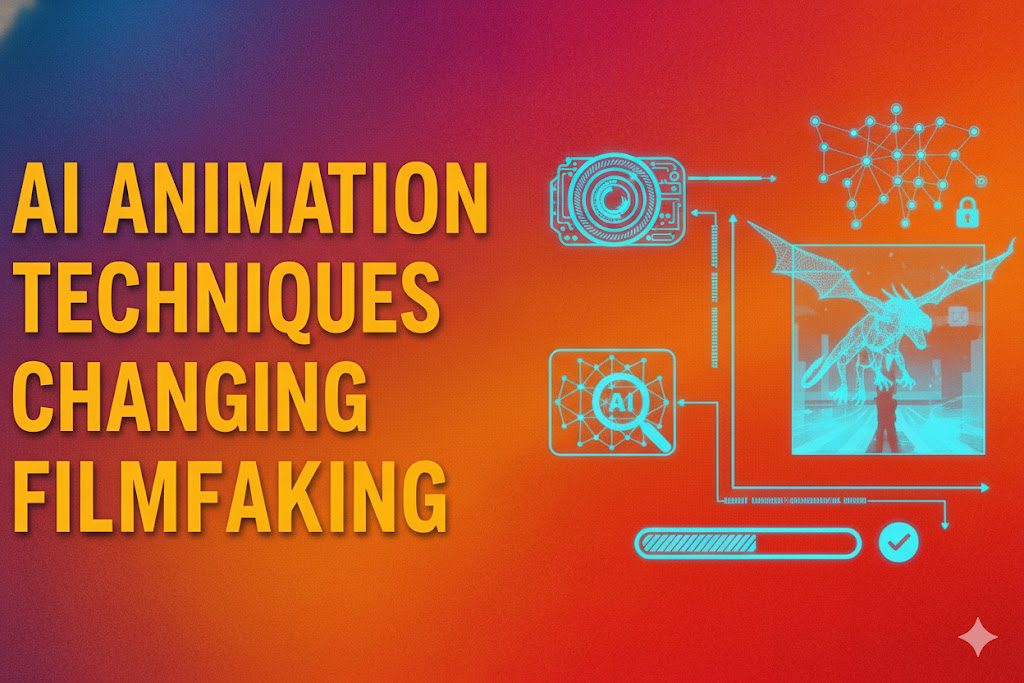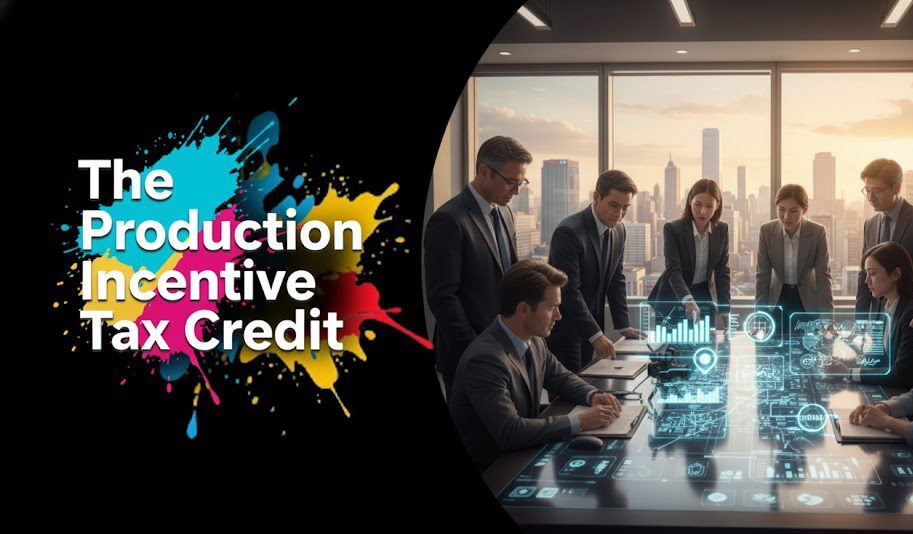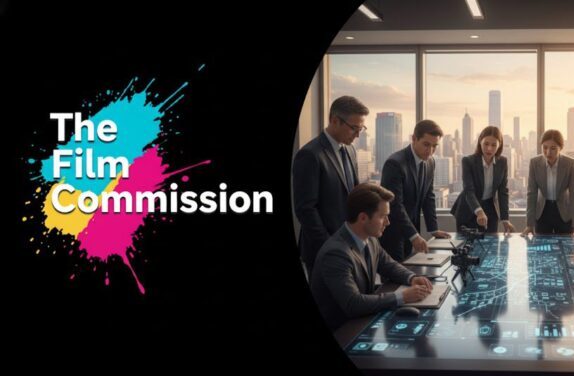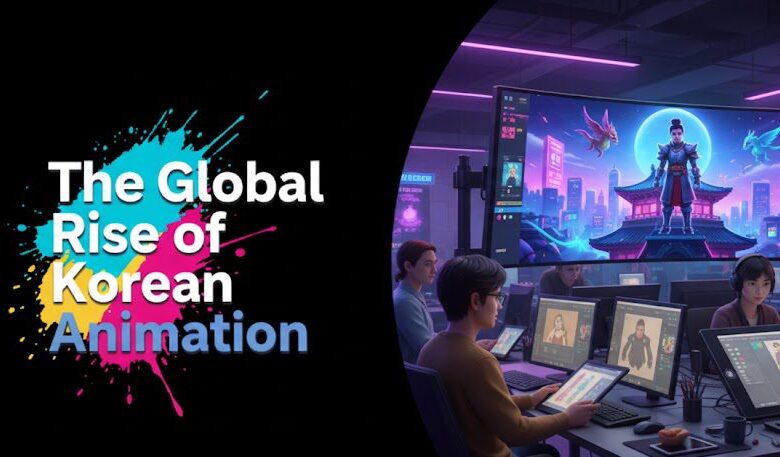Introduction
You’ve poured your soul into it: the sleek design, the compelling narrative, the meticulously crafted slides. Your pitch deck is your magnum opus, the distilled essence of your vision, designed to captivate and convince.
But what happens when it lands in the hands of a pitch deck review panel? Is it a fair, objective assessment of your brilliant idea, or a chaotic clash of personalities and preconceived notions?
Having sat on (and presented to) countless such panels across various industries – from tech startups seeking seed funding to creative projects vying for development deals – I can tell you it’s a fascinating, often brutal, and rarely entirely objective process. It’s a delicate interplay of preparation, perception, and unspoken dynamics.
The Pre-Panel Huddle: Setting the Stage
Before a single slide is even opened, the panel often has a brief huddle. This isn’t just about logistics; it’s about setting the tone, establishing biases, and sometimes, even forming alliances.
- What they say: “Let’s review the submission guidelines and ensure we’re all on the same page regarding criteria.”
- What they mean: “Who knows this space best? Who has a strong opinion on what we should be looking for? And who are we trying to impress/appease with our selections? We’re subtly establishing the pecking order and internal politics that will influence the entire review process. Also, let’s quickly skim the list to see if any of our buddies or rivals have submitted something.”The panel members often come with their own agendas, expertise, and even fatigue. A panelist who just had a bad meeting might be more critical, while another who’s passionate about a certain trend might be more forgiving.
The “criteria” are often a flexible framework, interpreted through individual lenses.
The Initial Scan: The First Impression
When your deck is first opened, it gets a rapid scan. This isn’t a deep dive; it’s a gut check.
- What they say: “We’ll quickly go through each deck to get a general overview.”
- What they mean: “Is the design clean and professional? Is the problem statement immediately clear? Can I understand your solution in 30 seconds? Is the ask obvious? If not, you’ve already lost us.
We’re looking for reasons to discard decks quickly because we have too many to review. Anything that feels messy, unclear, or overly verbose is a red flag.” Panelists are time-poor.They’re looking for clarity, conciseness, and immediate impact. A cluttered slide, jargon-filled sentences, or a confusing flow will lead to a quick dismissal, regardless of the underlying brilliance of the idea. The first few slides are paramount.
The Deep Dive (for the lucky few): Scrutiny and Skepticism
If your deck survives the initial scan, it earns a deeper look. This is where the real interrogation begins.
- What they say: “Let’s dig into the details of your market analysis and financial projections.”
- What they mean: “Are your numbers realistic, or are you pulling them out of thin air? Do you genuinely understand your target market, or are you just making assumptions? Have you accounted for potential risks and challenges?We’re looking for evidence of thorough research, a grasp of reality, and a clear path to execution. We’re trying to poke holes in your logic.”
Panelists aren’t just looking for good ideas; they’re looking for
viable ideas.They want to see that you’ve thought beyond the initial concept and considered the practicalities of bringing it to life. This is where vague statements and unsubstantiated claims will be exposed.
The “Red Flag” Bingo: What They Don’t Say Out Loud
There are often unspoken “red flags” that can sink a pitch, regardless of its content.
- What they say (internally): “This team seems a bit naive about the challenges.” or “The founder seems a little too passionate, maybe not grounded.”
- What they mean: “The team hasn’t demonstrated enough practical experience or a realistic understanding of the industry. The founder’s personality clashes with our internal culture, or they seem difficult to work with.There are subtle cues in language, tone, and even the choice of imagery that can signal a lack of professionalism, an inflated ego, or an inability to take feedback. These subjective judgments, while rarely articulated, can be powerful disqualifiers.” Panelists are also assessing the
people behind the pitch. Are they coachable?Do they inspire confidence? Do they seem like someone the panel would want to work with or invest in? This human element is often overlooked but plays a significant role.
The Consensus (or Lack Thereof): The Deliberation
Finally, the panel deliberates. This is where opinions clash, compromises are made, and decisions are ultimately forged.
- What they say: “Let’s discuss the strengths and weaknesses of each proposal and come to a collective decision.”
- What they mean: “Who feels strongly about what? Can we find a compromise that satisfies most of us? Is there a clear winner, or do we need to defer to the most senior person in the room? We’re trying to avoid a deadlock and justify our choices to ourselves and, eventually, to higher-ups.”The deliberation phase can be surprisingly messy. Personal preferences, past experiences, and even a desire to avoid conflict can influence the final outcome. The “best” idea doesn’t always win; sometimes, it’s the idea that generates the least resistance or has the strongest internal advocate.
Key Takeaways:
- First Impressions are Everything: Your deck’s clarity, conciseness, and visual appeal in the first few slides are critical.
- Substance Over Style (but style helps): While a great idea is paramount, it needs to be backed by solid research, realistic projections, and a clear understanding of the market and challenges.
- Anticipate Skepticism: Panelists are looking for weaknesses. Address potential objections proactively in your deck.
- Team Matters: The perceived competence, professionalism, and coachability of the team behind the pitch can significantly influence the outcome.
- It’s Not Always Objective: Be aware that personal biases, internal politics, and even panelist fatigue can play a role in the decision-making process.
Frequently Asked Questions
Generally, aim for 10-15 slides. For initial reviews, shorter is often better. The goal is to pique interest enough to get a follow-up meeting, not to dump every detail.
Problem, Solution, Market Opportunity, Product/Service, Business Model, Team, Traction (if any), Financials (high-level), and The Ask. A strong opening (hook) and closing (call to action) are also essential.
Yes, a concise executive summary (1-2 slides) at the beginning is highly recommended. It allows panelists to quickly grasp the core of your idea and decide if they want to delve deeper.
Very important. A clean, professional, and visually appealing design demonstrates attention to detail and respect for the panel’s time. It makes your information easier to digest and leaves a strong positive impression. Avoid cluttered slides, tiny fonts, and inconsistent branding.


